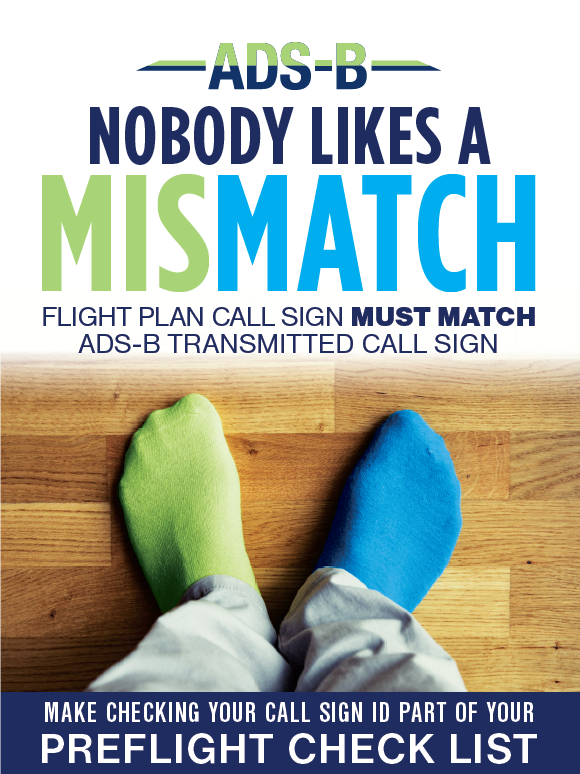Airspace
You must be equipped with ADS-B Out to fly in most controlled airspace.
| Airspace | Altitude |
|---|---|
| Class A | All |
| Class B | Generally, from surface to 10,000 feet mean sea level (MSL) including the airspace from portions of Class Bravo that extend beyond the Mode C Veil up to 10,000 feet MSL (e.g. LAX, LAS, PHX) |
| Class C | Generally, from surface up to 4,000 feet AGL including the airspace above the horizontal boundary up to 10,000 feet MSL |
| Class E | At and above 10,000 feet MSL over the 48 states and DC, excluding airspace at and below 2,500 feet AGL |
| Over the Gulf of America at and above 3,000 feet MSL within 12 nautical miles of the coastline of the United States | |
| Mode C Veil | Airspace within a 30 NM radius of any airport listed in Appendix D, Section 1 of Part 91 (e.g. SEA, CLE, PHX) from the surface up to 10,000 feet MSL |
Any airspace that requires the use of a Transponder, described in 14 CFR 91.215, also requires aircraft to be equipped with a Version 2 ADS-B Out system. This can be either a 1090ES ADS-B system that meets the performance requirements of Technical Standard Order TSO-C166b, or a UAT ADS-B system that meets the performance requirements of TSO-C154c. Please note: The only the systems that meet the performance requirements of TSO-C166b or TSO-154c, or later versions — often referred to as 'Version 2' — comply with 91.225.
For aircraft operating at and above FL180 (18,000 feet MSL) or to receive ADS-B services outside the United States, you must be equipped with a Mode-S transponder-based ADS-B transmitter. For aircraft operating below 18,000 feet and within the United States ADS-B rule airspace, you must be equipped with either a Mode-S transponder-based ADS-B transmitter or with UAT equipment.
Click image to view larger
ADS-B Airspace and Coverage Map
Download the Equip ADS-B Google Earth map (KMZ) to look at the location of ADS-B rule airspace at your home base and where you fly. Pan and zoom to different locations and turn on the various capabilities the map includes:
- 3-dimensional depictions of rule airspace and airports
- Overlays of ADS-B surveillance coverage — airspace where ATC can see aircraft transmitting ADS-B Out information at altitudes of 500', 1,500', 3,000', 5,000' and 10,000' AGL
Need help? Watch the Google Earth Demo video and take a look at the instructions (PDF) for how to download and view the Equip ADS-B Google Earth map.
Do you need to equip?
Take a look at our decision flowchart.
Do you use a temporary unique call sign?
Call sign and ADS-B transmitter must match. Learn more


